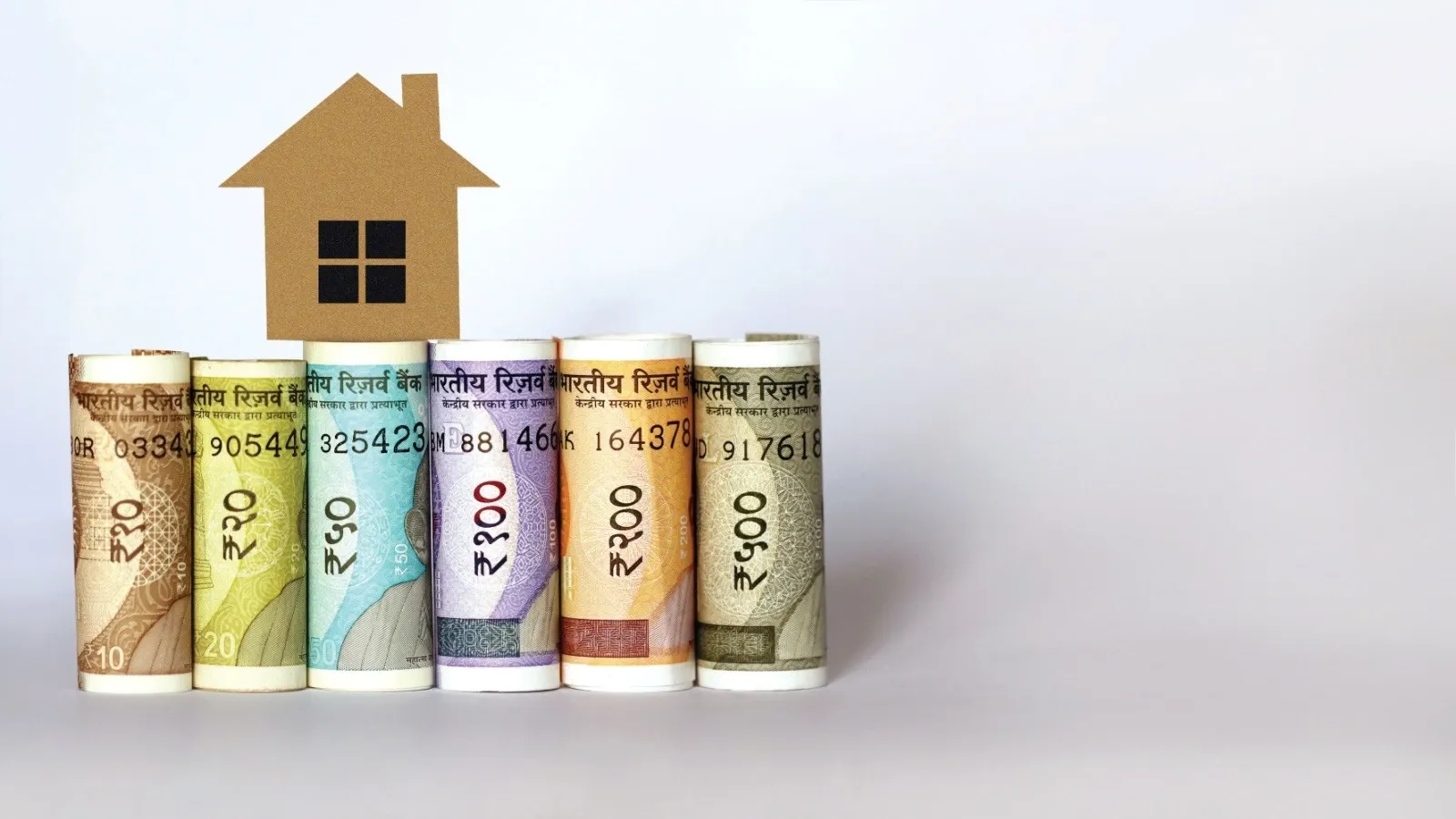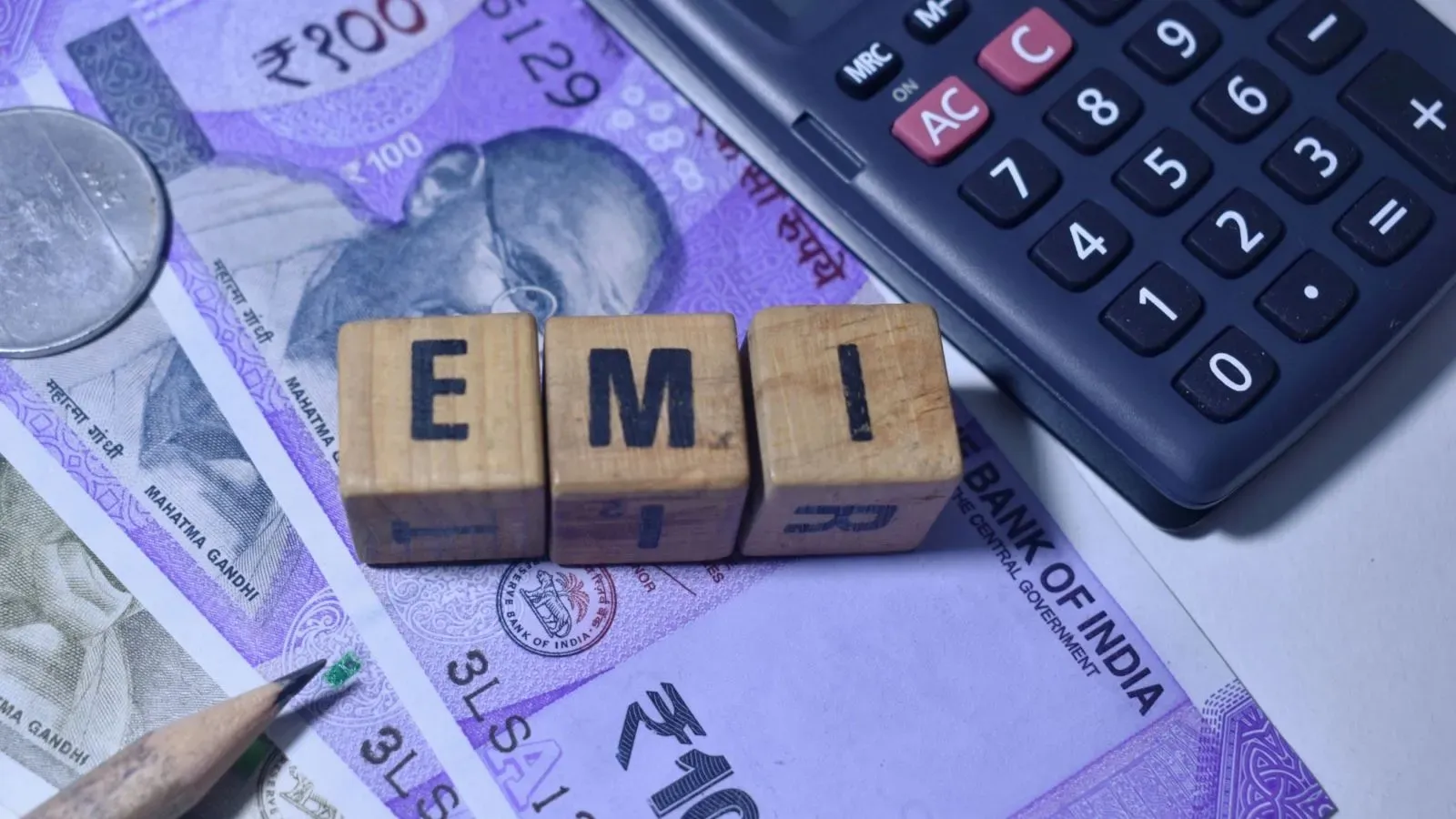Personal Finance News
How to save lakhs of rupees by prepaying just 5% of the home loan

5 min read | Updated on June 26, 2025, 16:36 IST
SUMMARY
Borrowers have the option to either reduce the loan tenure or the EMI amount. However, in a standard home loan, prepayment will help reduce the total tenure, which is more beneficial than reducing the EMI amount

Even a small home loan prepayment can save you lakhs and close the loan fast. | Image source: Shutterstock
A typical monthly EMI of a home loan consists of both interest and principal. In the initial years of the loan, the amount of interest deducted by the lender is very high compared to the principal amount.
For example, in a home loan of 20 years, you will find that around 90% of the principal is still outstanding after repaying EMIs without fail for five years.
Prepayment options
While it may not be possible for a borrower to prepay the entire amount at once, s/he can save a lot of money to be otherwise paid as interest by simply prepaying some of the principal amount along with the usual monthly EMIs.
Home loan prepayments can be done in many ways. For example,
-
You can make a lump sum prepayment whenever you get some additional funds in hand.
-
You can increase your monthly home loan equated monthly installments (EMIs) by a fixed percentage every year.
-
You can prepay a fixed amount every year from your savings
All three options above could help salaried employees close their loans fast. Salaried persons often get annual pay hikes, a bonus, or a lump sum payment of the variable component of their pay package. They can use these amounts to prepay their home loans with any of the above-mentioned options.
How much can you save?
Prepaying a home loan, even with a small amount as and when possible, can do wonders in terms of saving the money that would otherwise go as interest repayment. Moreover, this can also help close your loan fast. Can't believe?
Well, calculation shows even a one-time repayment of 5% of the total loan amount or the principal amount can help you save in lakhs while closing the loan much earlier than the standard term.
To understand, let's assume a person has an outstanding home loan of ₹1 crore, the interest rate is 8%, and the number of months for which he is required to service the loan is 240 months (20 years).
In the above example, if the borrower prepays 5% of the total outstanding, i.e., ₹5,00,000, then the total number of EMIs will reduce from 240 months to 214 months. That means he will be able to close the loan 26 months early.
Moreover, the total amount paid in 214 months with monthly payment of ₹83,644 will be approx. ₹1,78,99,816, resulting in a saving of around ₹21,74,745. The percentage interest saved calculated as ₹21,74,745/ ₹1,00,74,561 will be around 21.6%.
The following table shows how the 5% loan prepayment can help save in lakhs in case of different other loan amounts:
| Loan Amount (₹) | Prepayment amount @5% of principal (₹) | Standard repayment | Repayment after 5% prepayment (B) | Total Saving (₹) | % of interest Saved | Number of standard EMIs | Number of EMIs after prepayment |
|---|---|---|---|---|---|---|---|
| 2500000 | 125000 | 5018640 | 4474954 | 543686 | 21.60% | 240 | 214 |
| 3000000 | 150000 | 6022368 | 5369945 | 652423 | 21.60% | 240 | 214 |
| 5000000 | 250000 | 10037280 | 8949908 | 1087372 | 21.60% | 240 | 214 |
| 7500000 | 375000 | 15055921 | 13424862 | 1631059 | 21.60% | 240 | 214 |
| 10000000 | 500000 | 20074561 | 17899816 | 2174745 | 21.60% | 240 | 214 |
Please note that the calculation above is a simplified approximation based on certain assumptions. This illustration aims to help you understand the benefit of prepayment.
In practice, the calculation of prepayment benefit might be slightly different, depending on the interest rate, prepayment amount, and the duration of the loan.
However, once you do a prepayment, the lender will provide a fresh amortization schedule, which will help in understanding the exact savings you can make.
The table shows that in all the above cases, even a 5% one-time prepayment of the home loan can help in saving over 21% of the interest outgo. Imagine how much you can save by making some more 5% prepayments during the loan term?
While the above may inspire you to prepay a part of your home loan every year, please note that prepayment conditions may vary from one lender to another.
Many banks allow borrowers to make part prepayments in a year. Some banks also allow borrowers to increase their EMIs by a fixed percentage, either annually or periodically. Lenders may also charge a small fee for prepayments.
Therefore, if you are an existing borrower planning to start prepayment, you should consult your lender, either via email or by visiting the branch office, for details. In case you plan to become a borrower, you should check the prepayment rules first before taking the loan.
Related News
By signing up you agree to Upstox’s Terms & Conditions
About The Author
Next Story



